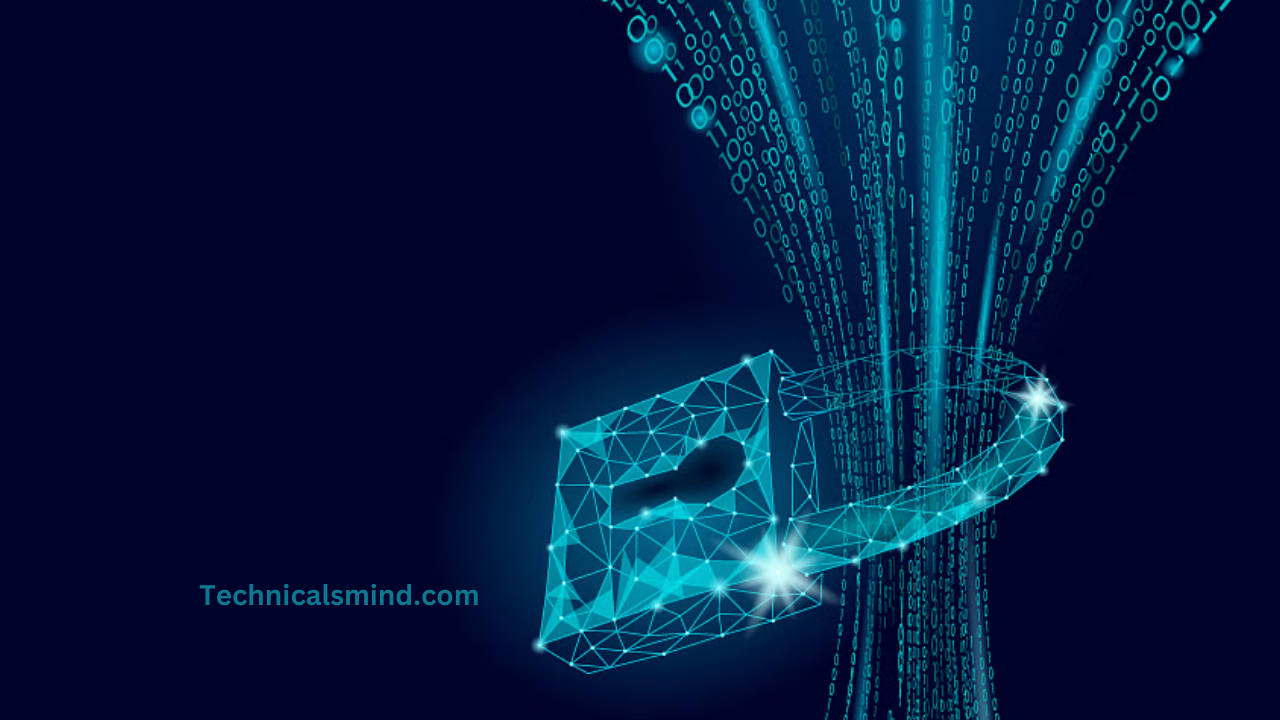Introduction
As the outward use of technological advancement increases. This has made it more and more important for networks and information systems to be protect from external threats. With most of us employing technology in our daily interactions whether personal or commercial such as when communicating or even. When doing business then this is a way of telling us that we need to protect our assets in the digital world against cyber criminals. Regarding the notion that cybersecurity is not a temporary cultural phenomenon. That people once enjoyed at technological meetings, it is vital to stay.
What is Cybersecurity?
Cybersecurity refers to the measures in place. That protect computers/ data/ software from any form of illicit attacks or malicious parties. These measures are most often applie to unauthorize access to information, its manipulation, attempts at blackmailing. The users of the site, as well as the implementation of any other actions that prevent the site from functioning smoothly. Cybersecurity ‘encompasses quite a simple plane, say as a mere antivirus, to a more elaborate plane which forms an existing system to defend against cyber threats’.
Types of Cyber Threats
Malware
Malware refers to viruses, worms, trojans, and spyware which are unauthorize programs in a safeguard computer system. These are malicious programs that can copy, encrypt, or destroy the file, change or control the major functions of the computer, and peek into the activity of a user without his knowledge.
Phishing
The meaning of phishing is a type of fraud. That involves deceiving people into supplying personal information including login credentials and credit card numbers under the assumption. That the recipient is trustworthy in computer-based communication.
Ransomware
Ransomware is a subcategory of malware that freezes a user’s systems or encodes his or her files and data and then requests payment for the reversal of said actions.
DDoS Attacks
Distributed Denial of Service type of attack floods a system with traffic, which renders it inaccessible to the required users. This brings a great deal of disruption to websites and networks as it can even paralyze them.
Insider Threats
Insider threats are those posed by insiders in the organization or possible employees and contractors. Who have access to the data of an organization with malicious intent.
Importance of Cybersecurity
Protecting Sensitive Information
Information security means guarding information from sneaking in or being lost, through the use of antisex. This is especially true for personal data, information regarding financial transactions, and knowledge-based capital.
Ensuring Business Continuity
Cyber security increases the system’s security, making sure. That a business does not have to stop operations due to hacks and viruses. Cyber threats are often characterize by a likely loss of access to a network for several weeks. Which has implications for organizational performance and profitability.
Maintaining Customer Trust
Consumers want to know that their information is safe, and stores must meet these expectations. Some of the unpleasant macro-environmental factors that may affect businesses include. Failure to protect business data results in loss of trust from consumers or employees. Which may take a long time to amend.
Legal and Regulatory Compliance
I agree with this statement because many industries must follow regulations that mandate the safeguarding of information. Fines and penalties that the organization might face in cases of noncompliance may include heavy fines, legal penalties, etc.
Key Components of Cybersecurity
Network Security
This involves maintaining the security of the network and other data that is use for many purposes. Firewalls, antivirus, and intrusion detection and prevention are security measures employ in computer networks.
Information Security
Information security is the protection of the information itself. Which means that the data is kept secret, remains unchanged and can be access when require.
Application Security
Application security means improving the security of applications since code reviews, vulnerability identification, rectification, and application security measures are taken to prevent the code from being breach.
Endpoint Security
Endpoint protection safeguards end-user devices for instance laptops, mobile devices, and tablets from malicious activities.
Cloud Security
Cloud security can be define as the protection of data, applications, and services residing from or in the cloud. This is then further compound by the ever-growing adoption of cloud solutions across the enterprise.
Cybersecurity Best Practices
Strong Password Policies
Adopting a complex password and having a tendency to change the passwords as frequently as possible. Can reduce the cases of unauthorized access.
Regular Software Updates
This kept software up to date to minimize the gaps that need to be close to increase security.
Employee Training
It is common sense to provide awareness to the employees regarding. The threat level and safety measures regarding security to avoid many issues.
Data Encryption
Another advantage of using encryption is that even if couple with decryption, nobody can interpret data that has crossed their path.
Incident Response Planning
It also helps to have contingency measures in place. When a cyber attack occurs to reduce the losses and take action quickly.
Challenges in Cybersecurity
Evolving Nature of Threats
Trends are an interesting factor that is an ever-changing factor because it’s hard to counter attackers in the cyber realm.
Shortage of Skilled Professionals
A lack of skilled cybersecurity workers worldwide is now a major issue, and recruiting qualified candidates has become a challenge.
Balancing Security and Usability
It is not easy to maintain both the security and the usability of digital services as both objectives may sometimes contradict one another. Security can also be a limitation to productivity if implemented to the maximum level of stiffness.
Excessive Costs in Enforcing High-Security Measures
The use of better security measures may require a lot of money. This may act as a barrier to small firms and organizations desiring to have a good security system.
The Future of Cybersecurity
AI and Machine Learning
AI and machine learning are now being applie in the identification and management of threats as well as a fast and efficient response to the threats detect.
Quantum Computing
In the field of cybersecurity news, both protection and threats are soon expect to be boost by a distant newcomer quantum computing.
This paper also argues that there is a need for companies to increase collaboration and flow of information in their operations.
So, doing more work together, and supporting the exchange of more material between organizations and between governments is crucial as the threats become more complex.
Read More : Technicals mind
Conclusion
Security or lack thereof is a central issue in the increasingly computerized world. We operate in, defending information, preventing disruptions, and guaranteeing confidence. It, therefore, remains pertinent to understand the various threats. That persist in cyberspace and ensure the appropriate measures are put in place to support the protection of personal data.
For more information kindly visit this cite: ‘’Technology Network’’
FAQs
What is cybersecurity?
Cybersecurity is the science of protecting computers, smartphones, and other devices, as well as the networks. They use to communicate data, from theft and destruction.
Why is cybersecurity important?
It is now evident that cybersecurity is crucial as it keeps information secure, keeps businesses running, and customers loyal, and keeps business transactions legal.
Several different types of cyber threats exist, could you describe some such threats?
Some of the typical cyber threats include viruses, Trojans, spyware, adware, spam, fraud, and hacking.
How can businesses increase their cybersecurity?
In today’s business world, businesses can enhance their cybersecurity if they insist on good password practices, update their software regularly, educate employees, encrypt data, and involve an incident response plan.
What does the future of cybersecurity look like?
In the future, the progress in AI and machine learning will create new possibilities for growth, quantum computing will also play a major role in the future of cybersecurity, whereas cooperation.



